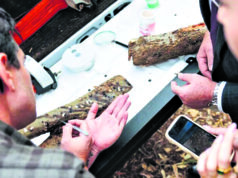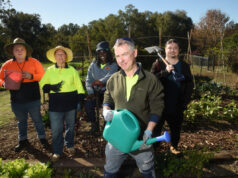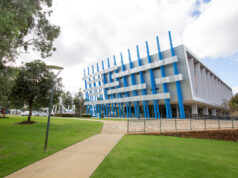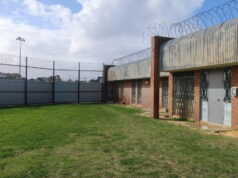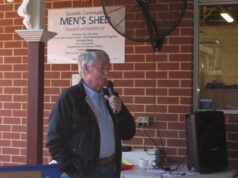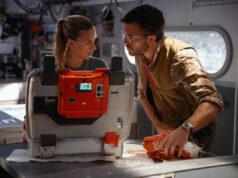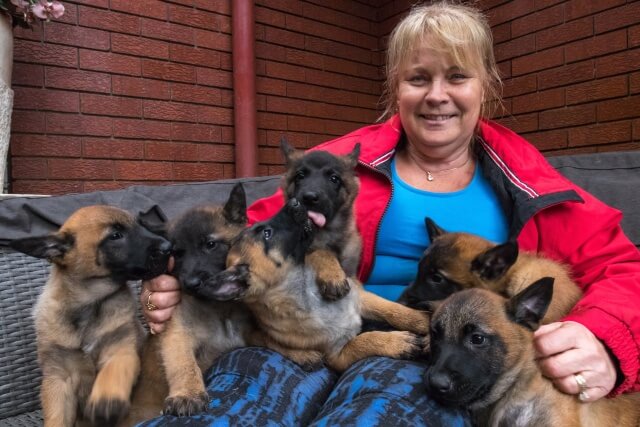
Although they are only a few months old Sandy Bariolo’s Malinois Belgian Shepherds are all ready for their next adventure with some of her eight puppies off to join either the army or Queensland police force.
Military working dogs provide Special Operations Command with specialist sensory, detection and protection capabilities to counter numerous threats across a range of environments both domestically and overseas.
This is achieved through highly trained military working dog and handler teams.
Ms Bariolo from Kenwick said she would miss her puppies but was proud her breeding has been recognised.
“We are really proud of our pups,” she said.
“They have a lot of training ahead of them but they are very loyal.”
Even though special operations military working dogs consisted of a variety of breeds and ages sourced directly from breeders or animal rescue organisations Ms Bariolo said Belgian Shepherds were quickly replacing the traditional German Shepherd.
“They are high energy dogs,” she said.
“They will be trained to do things such as tracking and jumping fences, they are e also used by army, special forces and police.”
Ms Bariolo said it was a Belgian Shepherd named Cairo who helped Navy Seal 6 capture Osama Bin Laden in 2011.
Special Operations military working dogs perform several roles including detection or explosives and narcotics, tracking, early warning and asset and personnel protection.
Dogs also work with the police force and make up the canine section, which was formed in 1993.
The responsibilities of the canine section include apprehending violent offenders, locating weapons and stolen property, tracking offenders from crime scenes and responding to antisocial behaviour such as riots and demonstrations.
The police source dogs from all across the country and Ms Bariolo’s puppies were one of those sources.


